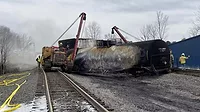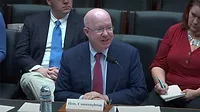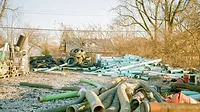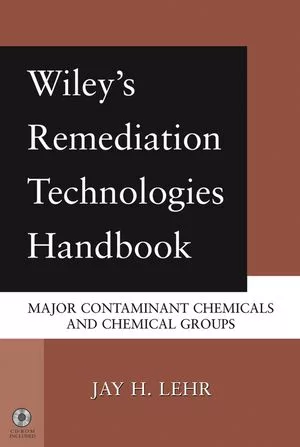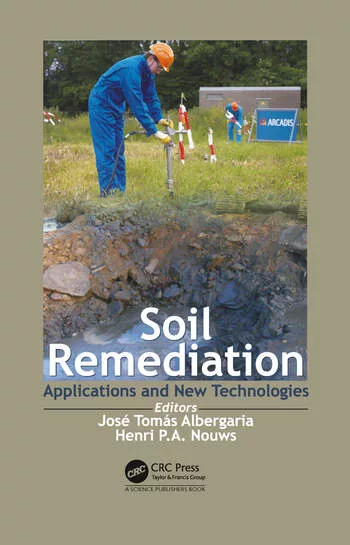AI Uncovers Link Between Extreme Weather and Chemical Spills, Prompting New Safety Measures
Texas A&M researchers use artificial intelligence to predict industrial pollution spikes after storms
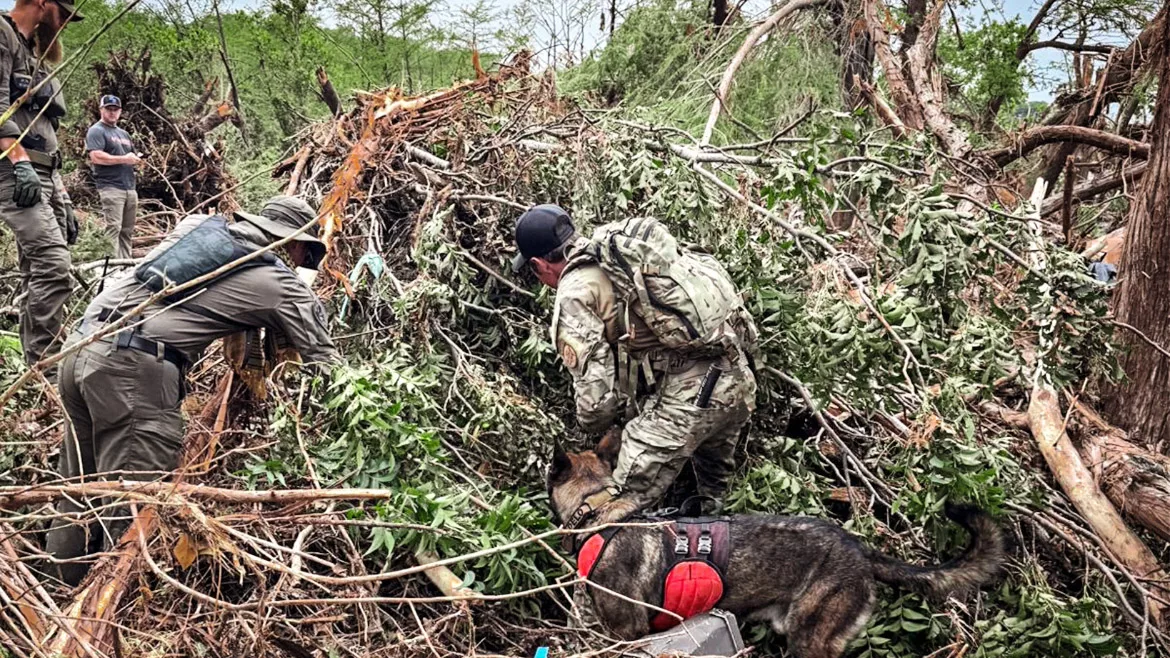
FLOOD SEARCH: Agents and a K9 comb debris along the Guadalupe River after deadly Hill Country floods left dozens missing.
When storm clouds gather over the Texas Gulf Coast, it’s not just rain and wind that threaten communities. New research from Texas A&M University reveals that chemical leaks and pollution spikes are far more likely to follow natural hazards, thanks to the combined efforts of artificial intelligence and climate science.
“In this study, we pursued a data-driven understanding of how climate extremes elevate the likelihood of excessive industrial emissions,” explained Dr. Qingsheng Wang, professor of chemical engineering at Texas A&M. The team’s findings, published this month, lay the groundwork for predictive tools that could help regulators and companies anticipate and prevent what scientists call “natural hazard-triggered technological accidents.”
Chemical emissions incidents – unplanned releases of pollutants often caused by storms, power loss, or equipment failure – have plagued Gulf Coast communities for decades. A notable example: after Hurricane Harvey in 2017, floodwaters knocked out refrigeration at a Houston-area plant, triggering fires that sent more than 350,000 pounds of chemicals into the air.
To better understand these accidents, researchers turned to artificial intelligence, analyzing two decades of Houston-area incident reports alongside detailed weather data. Their analysis revealed that two weather events – heavy rainfall and lightning – are the most powerful predictors of chemical emissions. “Lightning and rainfall aren’t just weather forecast items; they’re leading indicators of pollution spikes,” noted Haoyu Yang, a chemical engineering Ph.D. student and lead author of the study.
Flooding from intense rain or hurricanes often causes equipment breakdowns, while lightning strikes can prompt emergency flaring when facilities lose power. With these insights, local officials and plant operators can now better prepare for “high-risk” days, issuing early warnings and taking steps to reduce public exposure to carcinogens and smog-forming chemicals.
The implications go beyond emergency response. The research supports targeted safety upgrades – like backup power generators and flood-proofing – especially at facilities near residential neighborhoods. “The quantification of lightning and precipitation-driven risks supports targeted upgrades,” the researchers wrote, which could help bolster community resilience against future storms.
Interestingly, the study also found that the link between weather and emissions may be weakening. Yang observed, “The strength of climate-incident correlations drifts over time, hinting at improving industrial resilience, potentially due to post-Harvey upgrades.” Identifying these changes is now a priority for the team.
The project is a collaboration between the Artie McFerrin Department of Chemical Engineering and the Department of Geography at Texas A&M, supported by the Gulf Research Program of the National Academies. The ongoing Climate-LEAD initiative seeks to address environmental health disparities in Texas’ overburdened communities by merging industrial, climate, and geospatial data.
As climate change brings more extreme weather to the Gulf Coast, the researchers hope their work will arm communities and policymakers with the tools they need to predict – and prevent – the next pollution crisis.


